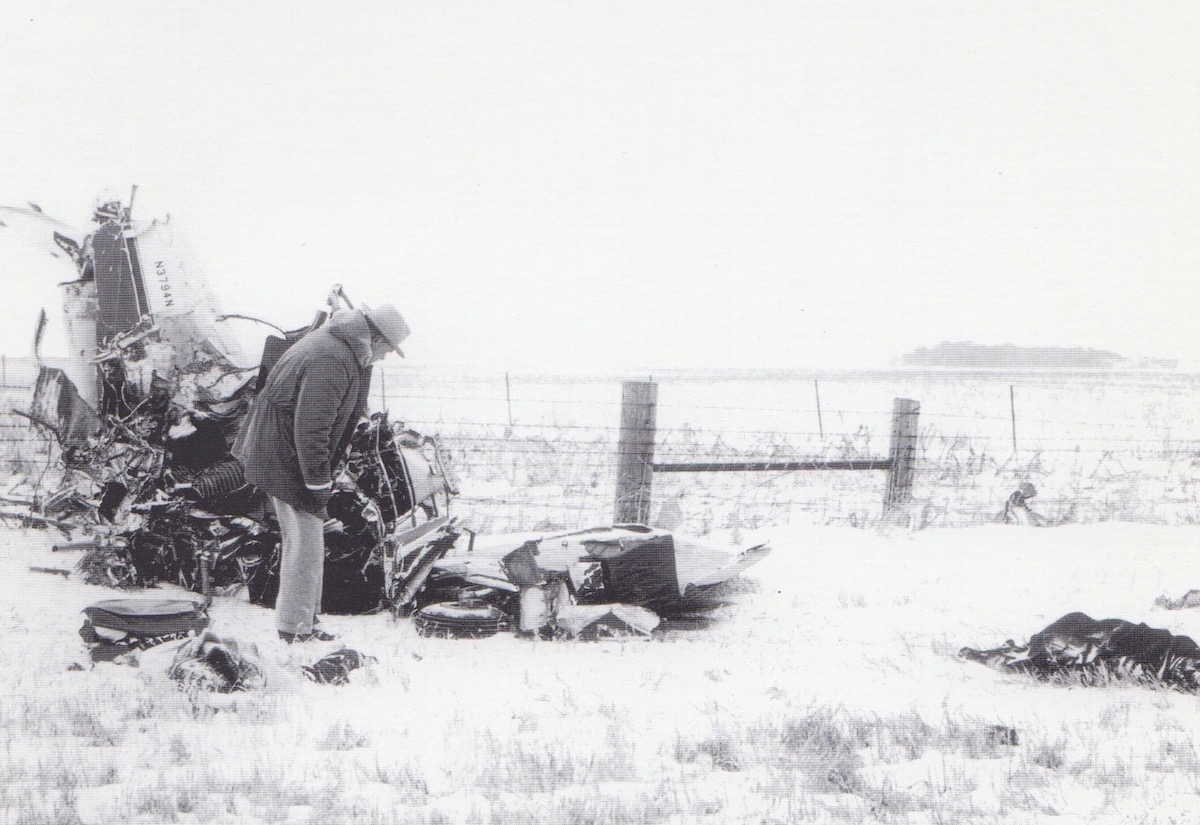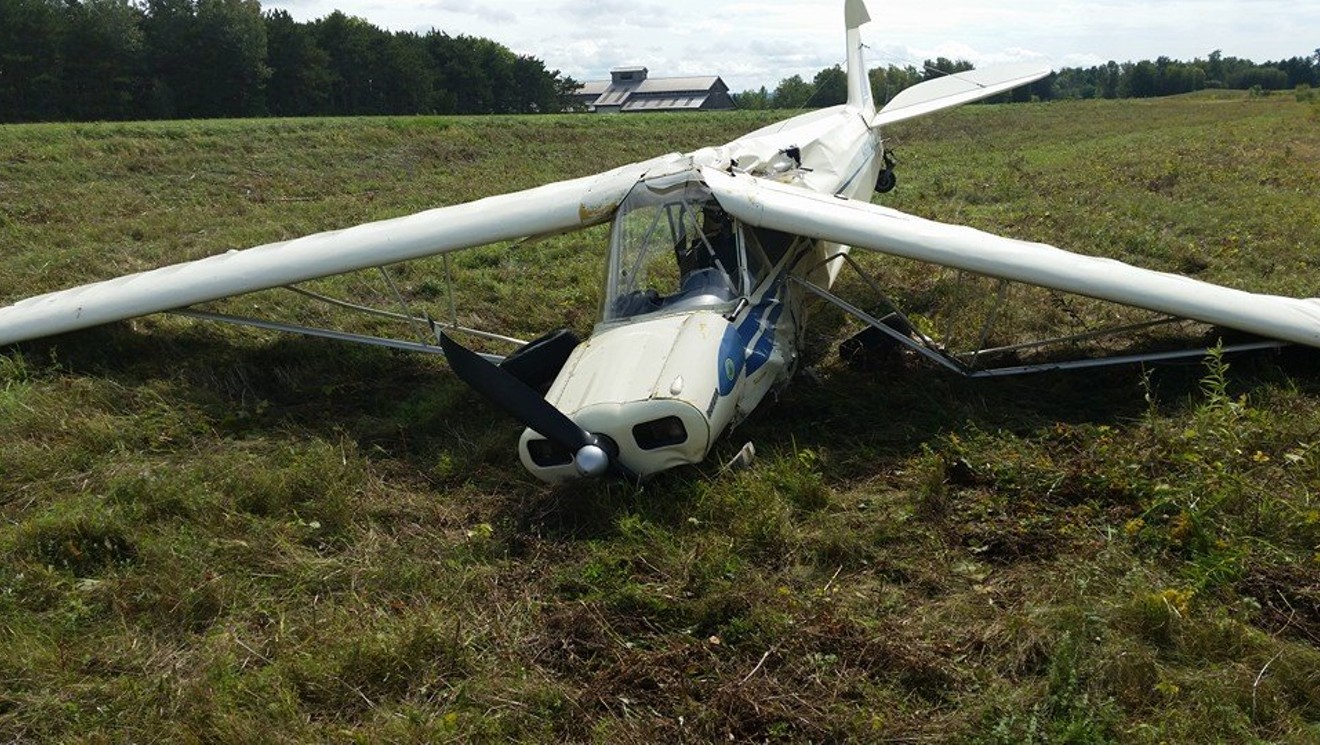Aircraft Incident Overview

Lake champlain plane crash 1971 – On January 1, 1971, a chartered de Havilland Canada DHC-6 Twin Otter aircraft, operated by Provincetown-Boston Airlines, crashed into the frozen surface of Lake Champlain near Burlington, Vermont, killing all 23 passengers and three crew members on board.
The lake Champlain plane crash of 1971 remains a chilling mystery, leaving behind unanswered questions and speculation. The tragedy resonates today, as we look ahead to the excitement of the Copa America 2024. The tournament will bring together the best soccer teams from South America, showcasing the skill and passion of the sport.
Yet, as we celebrate the joy of competition, we also remember the fragility of life, symbolized by the lake Champlain disaster.
The aircraft was en route from Burlington International Airport to Boston’s Logan International Airport when it crashed shortly after takeoff. The cause of the crash was determined to be pilot error, specifically the pilot’s decision to continue flying into known icing conditions without proper deicing equipment.
The 1971 Lake Champlain plane crash, a tragedy that claimed the lives of 37 passengers and crew, has long been the subject of speculation and investigation. In the years since the crash, the focus has shifted from the immediate aftermath to the broader context in which it occurred, including the international friendlies international friendlies that were taking place at the time.
As historians and researchers continue to piece together the events leading up to the crash, the international friendlies provide a backdrop that helps to illuminate the complex social and political forces at play during that era.
Weather Conditions
At the time of the crash, the weather conditions in the area were poor, with freezing rain and fog. The temperature was below freezing, and the aircraft was not equipped with deicing equipment. The pilot had been warned of the icing conditions but chose to continue flying anyway.
The eerie silence of Lake Champlain’s depths still echoes with the haunting mystery of the 1971 plane crash. Yet, amidst the somber remembrance, life finds its way, much like the anticipation that now buzzes around the Copa America 2024.
Just as the crash left an indelible mark on the lake’s history, the tournament promises to etch its own chapter in the annals of football.
Contributing Factors
In addition to the pilot’s decision to fly into known icing conditions, several other factors contributed to the crash. These included:
- The aircraft was not properly deiced before takeoff.
- The pilot was not properly trained to fly in icing conditions.
- The aircraft was overloaded.
Rescue and Recovery Efforts: Lake Champlain Plane Crash 1971

In the immediate aftermath of the Lake Champlain plane crash, a large-scale search and rescue operation was launched. Rescuers faced significant challenges due to the remote location of the crash site and the depth of the water.
Search and Rescue Operations
The search for survivors began immediately after the crash was reported. Coast Guard vessels, aircraft, and divers were deployed to the scene. The search was hampered by the remote location of the crash site, which was several miles from shore. Additionally, the depth of the water, which was over 100 feet in some areas, made it difficult for divers to locate the wreckage and any survivors.
Recovery of Aircraft Wreckage and Victims’ Remains
The recovery of the aircraft wreckage and the remains of the victims was a complex and time-consuming process. Divers were able to locate the wreckage of the plane within a few days of the crash. However, it took several weeks to recover all of the victims’ remains. The recovery operation was further complicated by the fact that the wreckage was scattered over a wide area.
Investigation and Aftermath

The official investigation into the Lake Champlain plane crash of 1971 was conducted by the National Transportation Safety Board (NTSB). The NTSB’s investigation concluded that the probable cause of the crash was a combination of factors, including the pilot’s failure to maintain a proper airspeed and altitude, and the aircraft’s stall.
Controversies and Debates, Lake champlain plane crash 1971
There have been some controversies and debates surrounding the NTSB’s investigation and its results. Some critics have argued that the NTSB’s investigation was not thorough enough and that it failed to consider all of the possible factors that may have contributed to the crash. Others have argued that the NTSB’s conclusions were biased in favor of the airline and that they did not take into account the full extent of the pilot’s errors.
Impact of the Crash
The Lake Champlain plane crash of 1971 had a significant impact on the local community and the aviation industry. The crash resulted in the deaths of all 108 people on board, including the entire Vermont Air National Guard hockey team. The crash also caused extensive damage to the environment, including the pollution of Lake Champlain. In the aftermath of the crash, the NTSB made a number of recommendations to improve air safety, including the requirement that all commercial aircraft be equipped with flight recorders.
The Lake Champlain plane crash of 1971 remains a mystery, with many unanswered questions. While some speculate on political foul play, others point to the intense rivalry between Colombia and the USA in the region at the time. However, the truth behind the crash remains elusive, leaving behind only fragments of evidence and a haunting legacy.
In 1971, a tragic plane crash in Lake Champlain claimed the lives of 28 passengers and crew. While the cause of the crash remains unknown, theories abound, including a possible link to the sudden increase in federal reserve interest rates.
The rise in interest rates may have put financial pressure on the airline, leading to maintenance oversights that ultimately contributed to the crash.